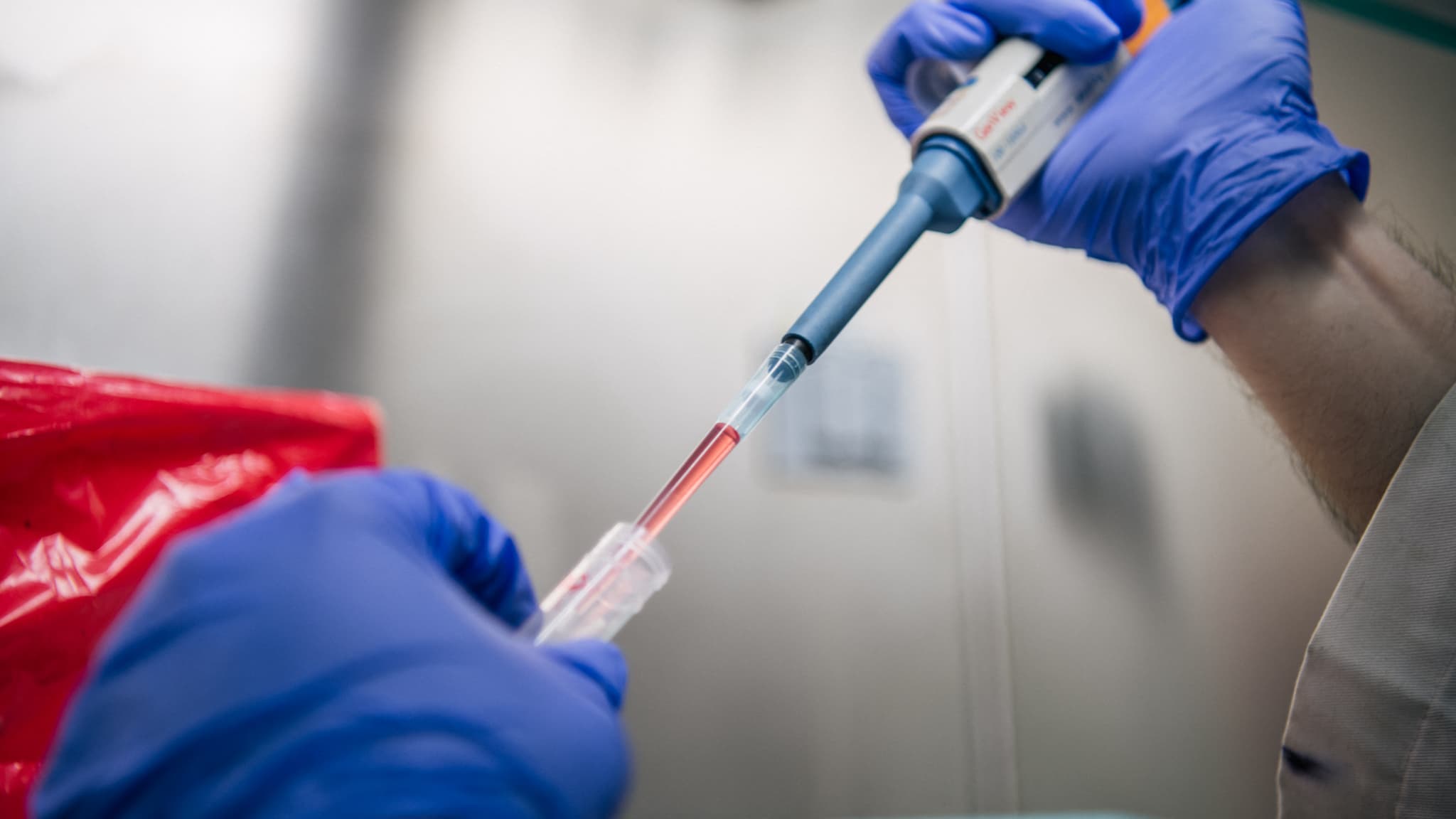WHO has brought together more than 300 scientists to study data on more than 25 families of viruses and bacteria.
The World Health Organization (WHO) said on Monday it had brought together more than 300 experts to draw up a new list of pathogens capable of causing epidemics and pandemics. The goal: to study the threats that can arise from unknown viruses.
WHO’s goal is to update a list of pathogens used as a guide for research and development, as well as investment, including for the development of vaccines, screening tests and treatments.
As part of this process, which began on Friday, WHO has brought together more than 300 scientists who are to study data on more than 25 families of viruses and bacteria.
“Disease X”
Scientists will focus in particular on ‘disease X’, a still unknown pathogen that could cause a major global pandemic.
“Targeting priority pathogens and virus families for research and development of countermeasures is essential for a rapid and effective response to epidemics and pandemics,” said Michael Ryan, WHO’s health emergencies manager.
“Without significant investment in research and development prior to the COVID-19 pandemic, safe and effective vaccines could not have been developed in record time,” he stressed.
Identify the lack of knowledge about pathogens
This list was first published in 2017. It currently includes Covid-19, Ebola virus, Lassa fever, Middle East respiratory syndrome (MERS), severe acute respiratory syndrome (SARS), Zika and Nipah viruses, and disease X.
During their work, the experts will identify, for each pathogen identified as a priority, the knowledge gaps and priorities for research. A roadmap for the development of vaccines, treatments and screening tests can then be developed.
“The list of priority pathogens has become a reference for the research community”, indicating “where to focus efforts to manage the next threat”, explained Soumya Swaminathan, WHO chief scientific officer.
The revised list of pathogens is to be made public by April 2023.


